Let’s zoom in on Yogyakarta, that locals refer to fondly as Jogja, where we are now…
Yogyakarta is the only region in Indonesia that is still governed by a pre colonial monarchy, the Sultan of Yogyakarta. The only non-elected official in Indonesian state, the Sultan acts as the hereditary governor of the region and enjoys enormous popularity with the people.
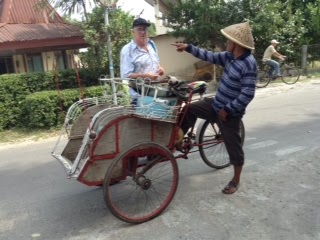 |
|
The ash is mostly gone (except that the same volcano burped again just 2 days ago, thankfully the wind blew in a different direction), but the city retains a grey appearance…
|
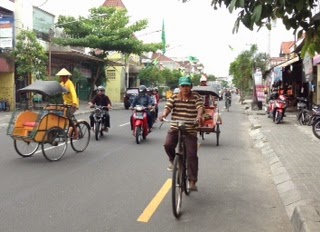 |
And then, as our eyes recalibrate, we start to see more color…
The city’s fantastic street art POPS…
 |
| Definitely bad ass! |
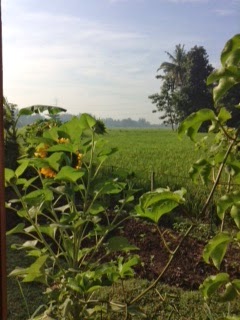 |
| View from our bungalow – Sunflowers and rice paddy |
|
|
| The bungalows are made from recycled teak wood |
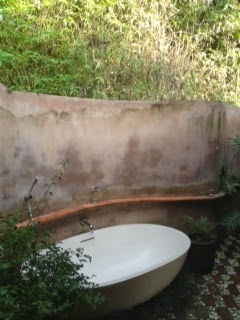 |
|
Best bathroom EVER! Huge bathtub, in the open air right under bamboo
|
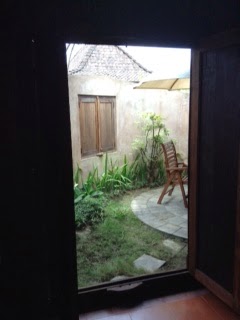 |
| Private garden and patio to one side of bungalow |
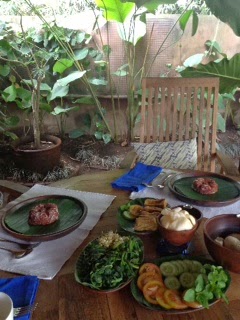 |
| A meal on our patio |
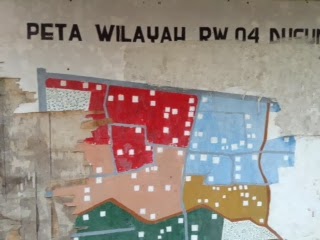 |
|
|
| A man takes a break from work on the side of the rice paddy. You can see the traditional Javanese joglo style house in the background. |
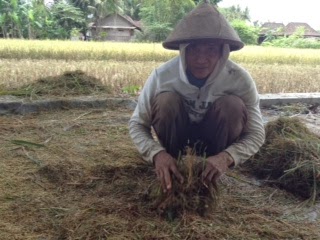 |
| A farmer sorting and shaking the rice grains from the harvested plants. |
|
|
| A rather rustic rice harvesting machine… It does the job and has been working for generations. |
|
|
| Many of the original homes, such as this one, were built from wood and/or bamboo mats. After the earthquake (2006) when the village was completely destroyed and then rebuilt, most villagers were excited to get concrete modern houses. |
|
|
| One of the original older bamboo houses. The lower part of the house in light green is bamboo woven mats, painted a long time ago creating a gorgeous light teal patina. |
|
|
| A villager invites me inside the bamboo house. A partition to create the bedroom is decorated with the little girls drawing. See natural air conditioning system (open bamboo). |
|
|
| Authentic Joglo Teak house with pointy roof like a Vietnamese hat… |
|
|
| A farmer goes into her house after securing her chickens in their coops to the right. |
|
|
| Roosters and chickens are king here. They rule! They are everywhere running freely and many of them have amazing, bright colorful plumage such as this one. |
|
|
| OK enough chickens, but look at the way this couple makes a lovely heart shape… |
|
|
| Beautiful wood carving of traditional Yogyakarta man. |
|
|
| A friendly villager gives me a huge grin as he rides by. Notice hat and face – same as wooden sculpture. |
|
|
| One of the village elders is more than happy to pose for me. He is wearing a batik design shirt of course. Easy to see the inspiration for beautiful wooden sculptures. |
|
|
| A lone man sits outside the mosque as the speakers start the “call to prayer” (5 times a day) . |
|
|
| Little girl, wearing jihab (head covering) creates a pastel painting for me. |
|
|
| These young kids could be in Nicaragua. Kids, the world over. |
|
|
| Children playing a game with elastic stretched between them for jumping on and over. I played this same game as a child when I (Peta) lived in Israel at age ten. Different continent, different culture, same game. |
|
|
| The village has a plastic collection site ~ presumably for recycling. It’s a laborious job separating the foil lids from the plastic cups, which once held a cupful of water. |
SHOUT OUT TO SAN FRANCISCO! San Francisco just banned the use of plastic water bottles. Woo hoo! The plastic water bottle industry has increased the quantity of highly destructive plastic bottles in the world’s ocean and waterways, as well as landfills. Please people, use re-usable containers to stop this craziness.
|
|
| This couple are separating the plastic bottles and cups by size. |
|
|
| A villager doing traditional batik. The hot wax is on the left and is applied by dipping a small spoon like utensil into wax to apply it to the cloth. She has a drop cloth over her lap and on the floor to catch the drops of hot wax. |
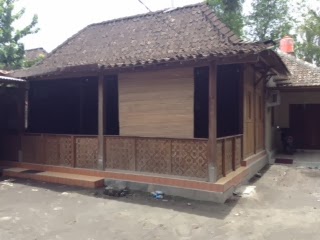 |
| A house constructed from bamboo mats which create the lower walls. |
|
|
| An elderly of the village out for a stroll. You can see and feel her strength of character in her stride, and general posture. |
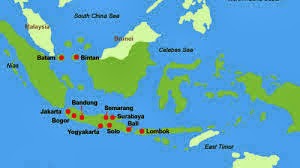
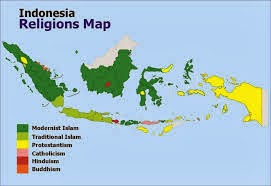
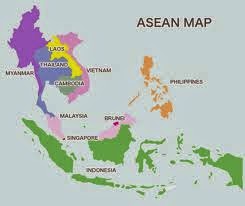
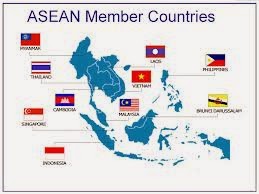
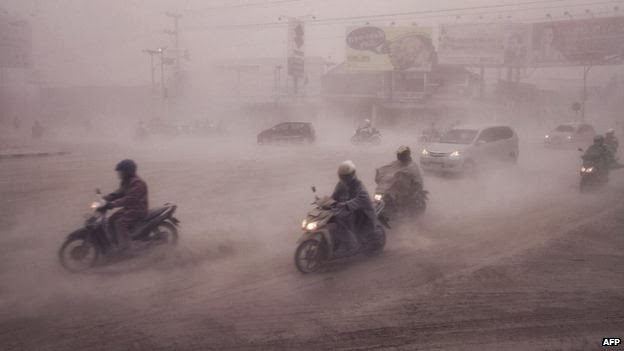
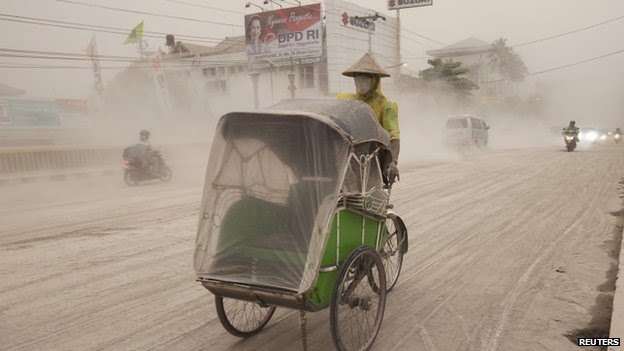
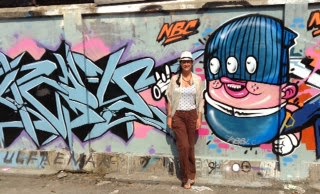
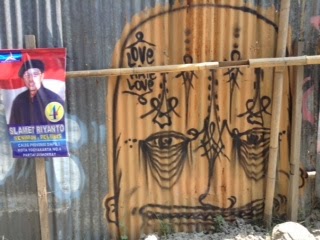
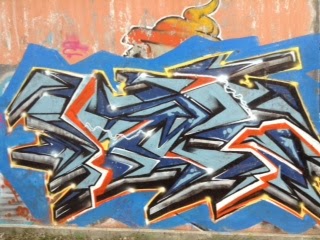
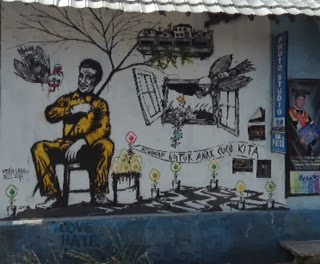
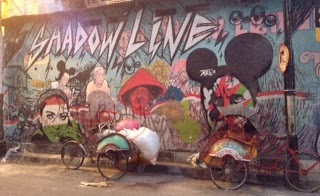
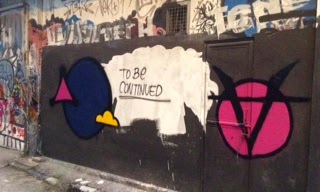
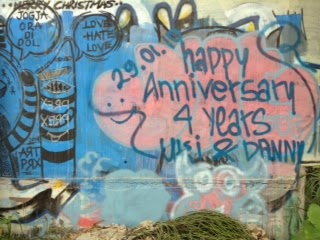
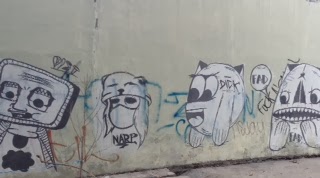
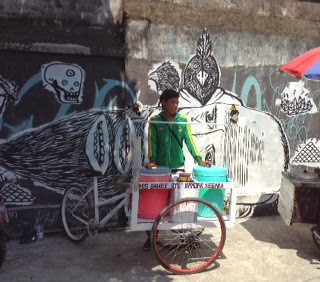
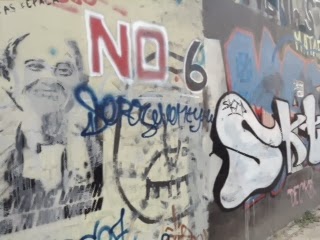
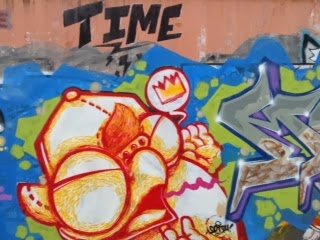
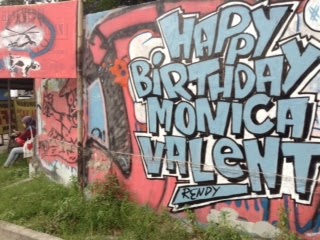
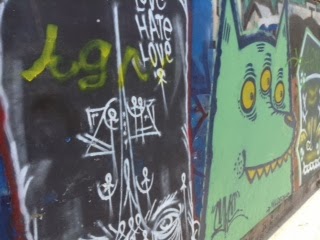
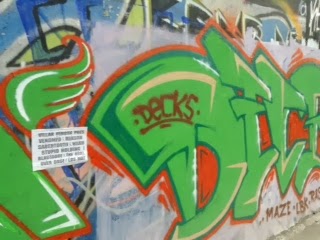
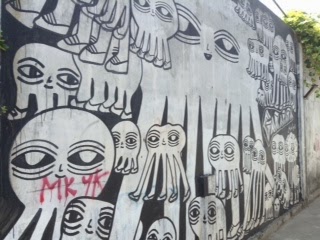
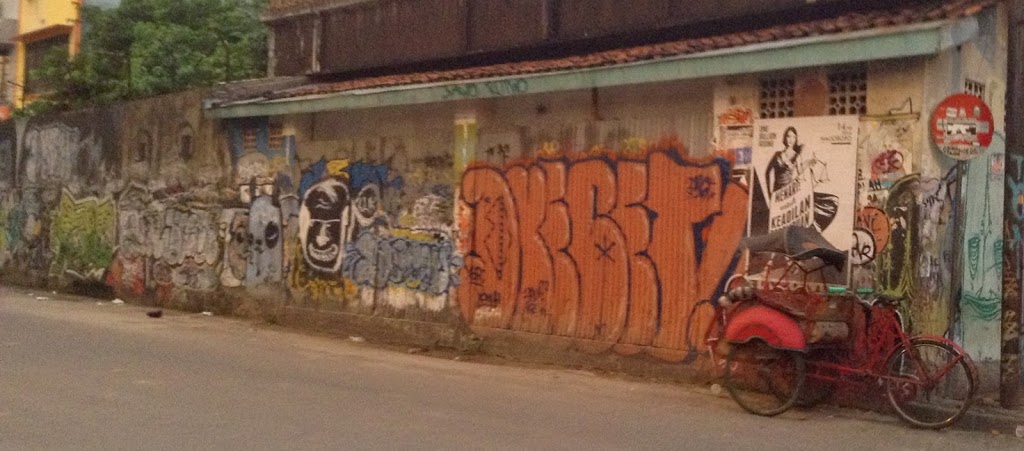
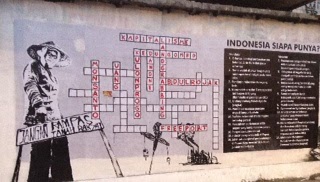
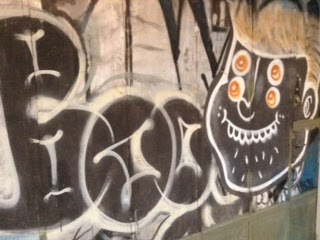
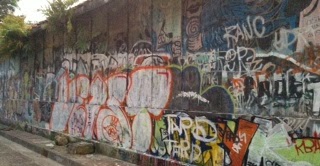
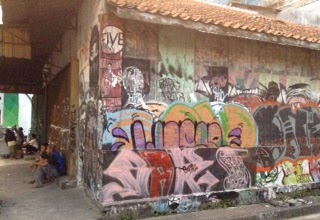
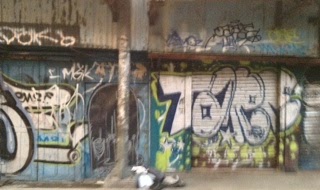
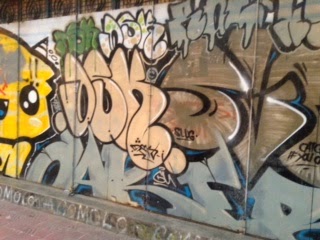
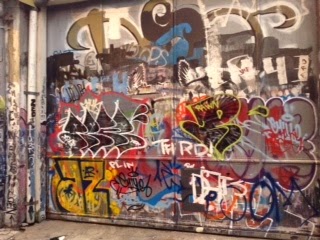
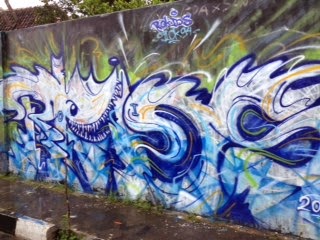
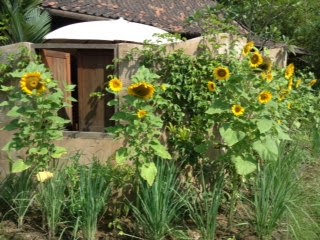
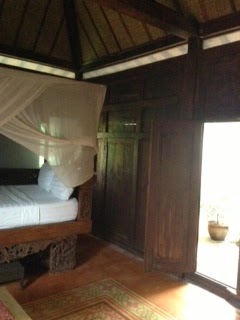
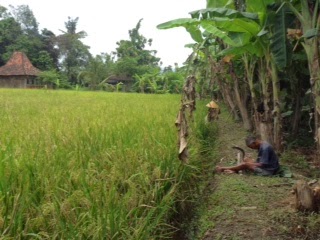
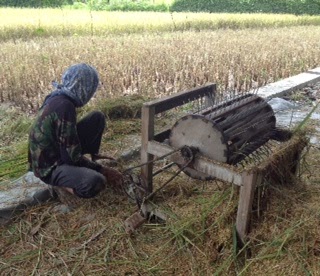
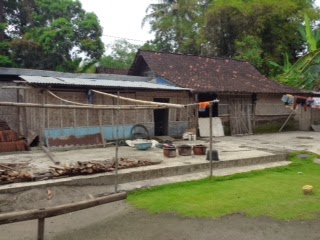
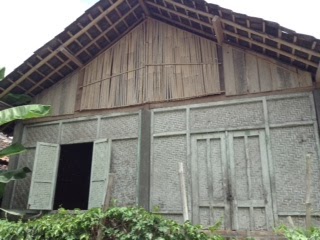
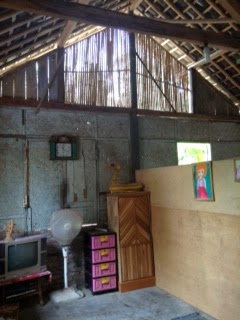
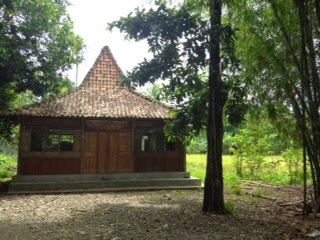
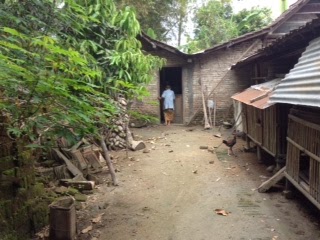
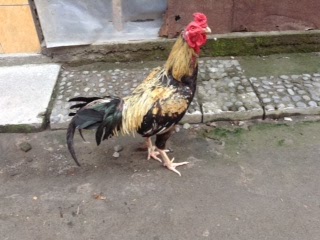
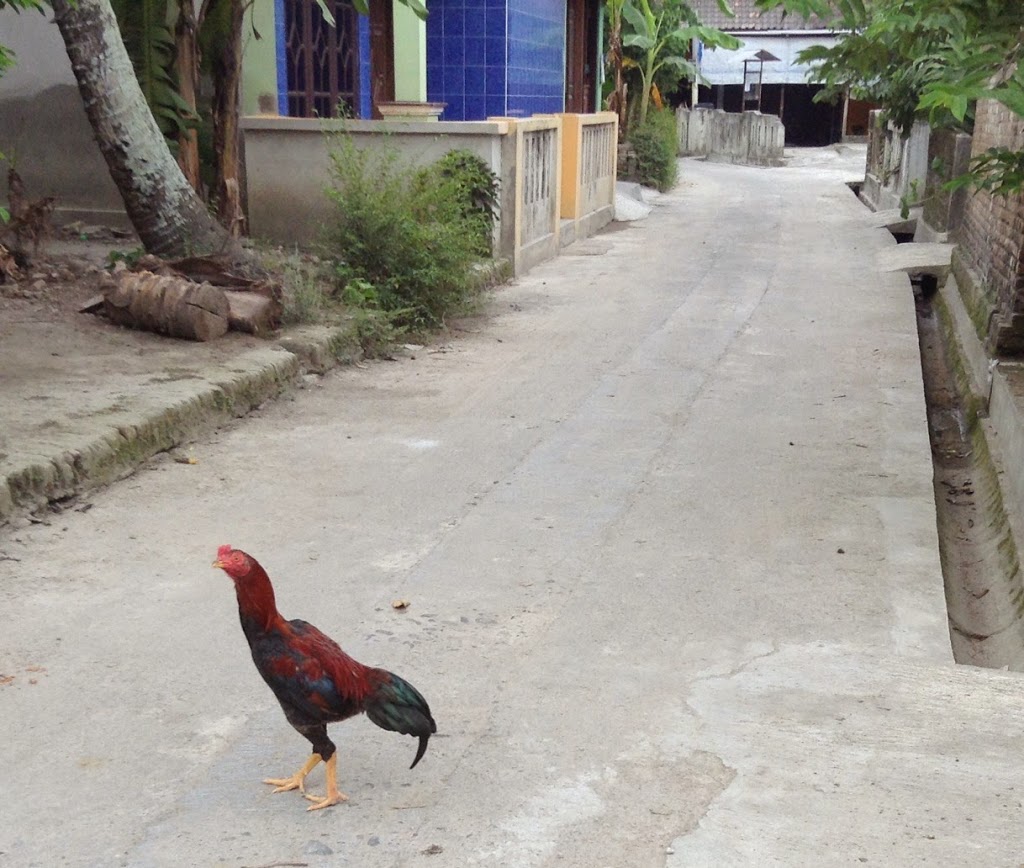
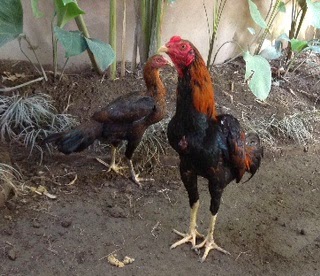
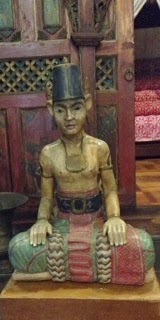
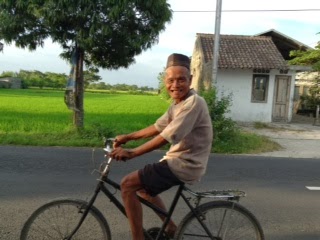

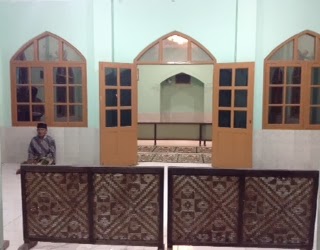
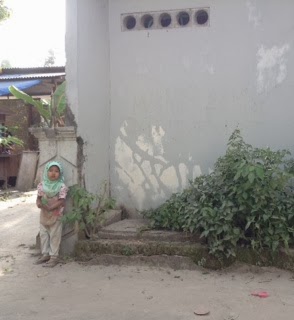
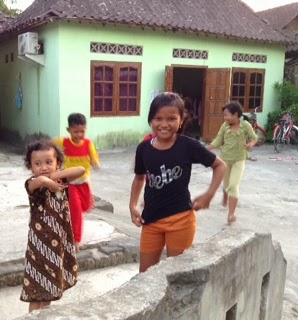
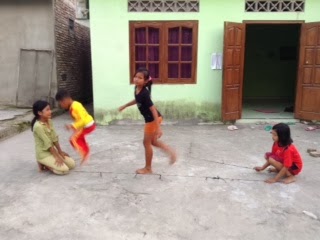
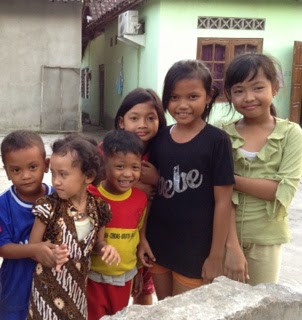
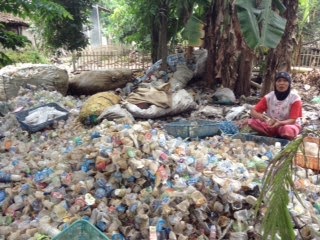
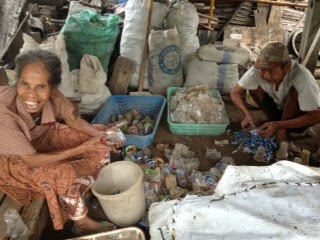
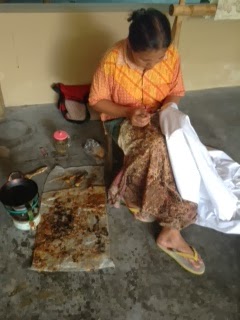

Oh, don’t be silly, there can never be enough chickens! You do realize how exotic these are! I guess you are more focused on housing and bamboo, OK, but thanks for humoring me. All this stuff is very cool. Great job, kids. Keep em coming!
Actually, chickens WERE the dominant feature in Tembi. Wherever we went, there were chickens, roaming around free. In order to take good photographs though, Peta realized we would need to feed them. So we did. The rooster and his girlfriend came back numerous times, like clockwork when we sat down for a bite and were, literally, “eating out of our hands”. We enjoyed observing them up close and interacting with them. Amazing and unusual plumage, and leggy beauties indeed.
AMAZING PEOPLE, PLACES and SCENERY. Thanks for continuing to show us our world and the people in it living and surviving everyday from these fabulous remote locations!! Jealous!!
Boyd! GREAT to hear from you! So glad you are reading us… Not so remote – just one (ok a few) plane rides away. We have decidedly chosen to make the “best” of our days on this small planet by experiencing as much as we can and meeting people the world over, while discovering their unique cultures. Keep reading and commenting so we know what “grabs you”… (if you haven’t read, go back to our recent Bali days – really amazing!).
Hey you artists out there! How do you like the street art?
Glad you got to the village of Tembi – it looks to be a refreshing breather, which I enjoyed seeing via the pictures, after what appears to be gloomy hectic Jogja… I can imagine it was a mixed bag though….
Love the chickens and pace of the village better – the picture of that woman is wonderful – she seems to be on a mission all right – LOL…
I do like the street art – the one depicting what looks like a Scrabble game looks really interesting and up my alley – Looks to be an ‘anti capitalist’ type piece – Monsanto etc – Love it!!
What’s the word over there regarding GMO’s etc….?
Loving your posts!!
Stan(ski) about GMO: In Indonesia, like in many parts of Asia Pacific, a battle has been waged with the likes of Monsanto over the introduction of allegedly “better” rice. On one hand, there are some valuable technical innovations through “breeding” in order to develop rice that is resistant to salination which is a direct result of climate change … sea level rising means increasing encroachment of sea water into rice paddies. Thats the good part. The bad part, in fact the very very bad part is that the addicition to cheap and fast growing rice has come hand in hand with farmer indebtedness, because once they grow this type of poor quality rice, that is the only type that they can grow in that soil….. Secondly, the impoverishment of the top soil as a result of GMO rice which is creating much more serious long term issues in an economy that is so dependent on rice. Where there used to be a bewilderingly rich biodiversity in the many types of rice, there is now a mono culture of GMO rice. In Ubud there are some micro attempts at “boutique” organic growers. Sadly does not change the bigger picture of what has happened to the rice and the impact on the economy, soil, farmers etc. The final straw is that with the combination of low wages and hard work for rice cultivation, is being countered by rising land prices for development of houses in high tourist destinations, which means that the pace of conversion of rice paddies to development land is accelerating exponentially. Within one generation it is expected that most small farmers will simply give up and sell their paddies to developers bringing to an end a rice cultivation culture which is several thousand years old.
Jogja was gloomy at first, but gradually “grew on us”. This is often the case we find.. which is, sometimes you have to take the time to adjust to a new place and notice what it is that makes it different or interesting. In this case, the street art really was captivating and fascinating to see, as were the “tuk tuks”. Ben loves Scrabble too! So glad you are enjoying ~ we are enjoying your feedback as well!
Great street art and love that bathroom!
Yes incredible volume of street art…its just everywhere. Yogyakarta is home to many talented artists.
Thanks for swinging by our blog.
Peta
Thanks for sharing this post, Peta. ‘Creative canvas’ is a great way to describe these walls of graffiti!
…. but I was most taken with the photos of the ash! omg!
Thanks Joanne. Yogyakarta is so chockfull of street art and graffiti, and after the volcano had spewed ash, the colors of the art were so vibrant against the sheet of grey that covered everything! It was quite an adjustment after lush green Bali!
Peta